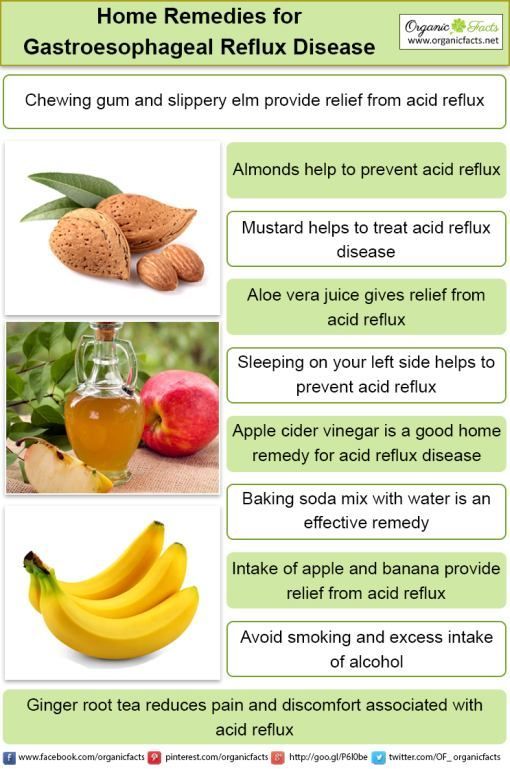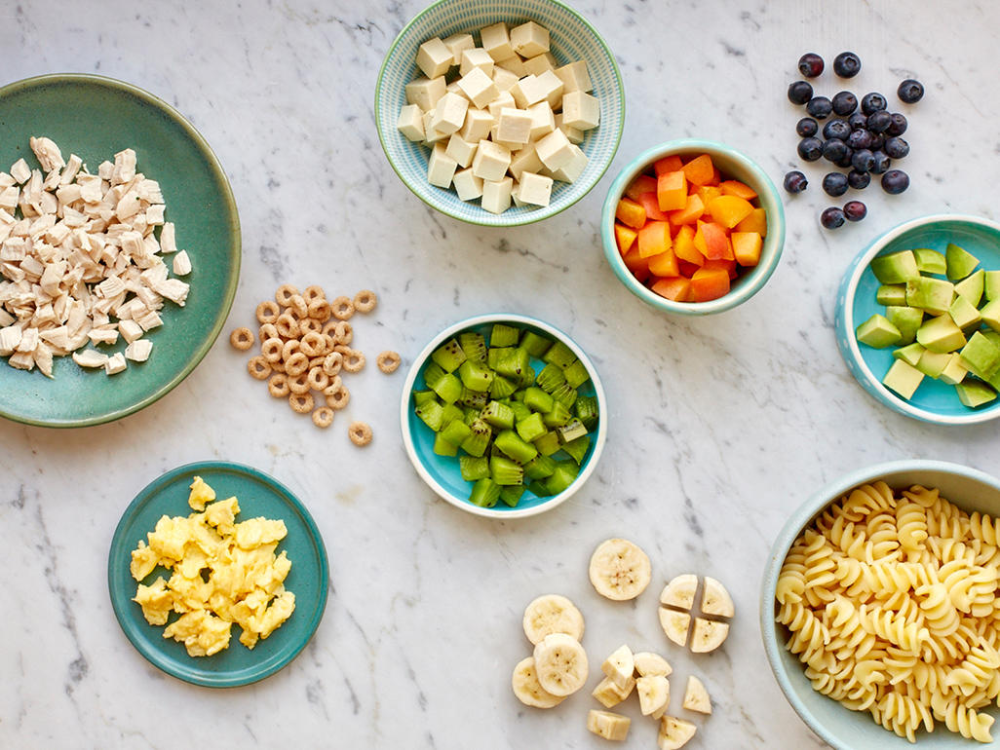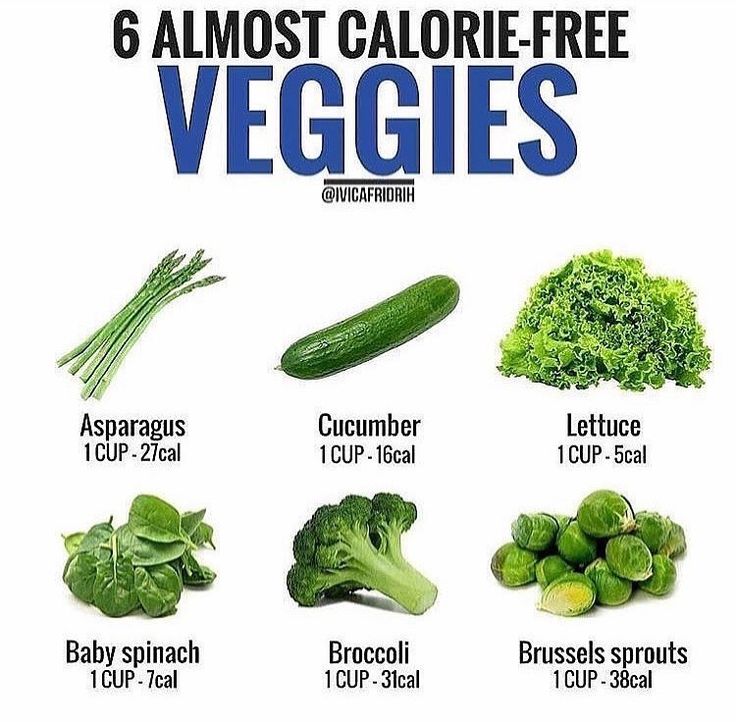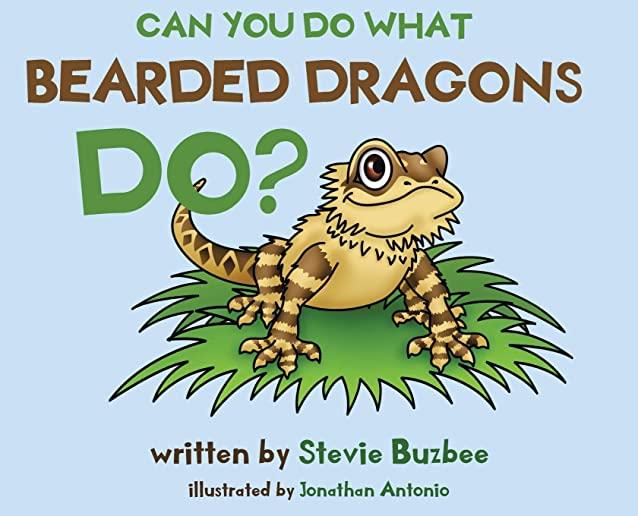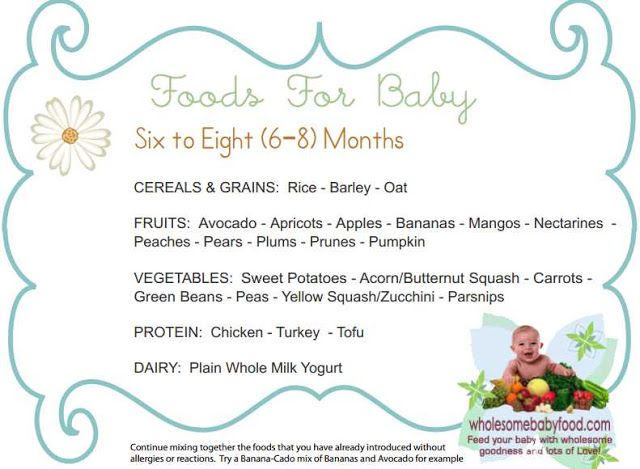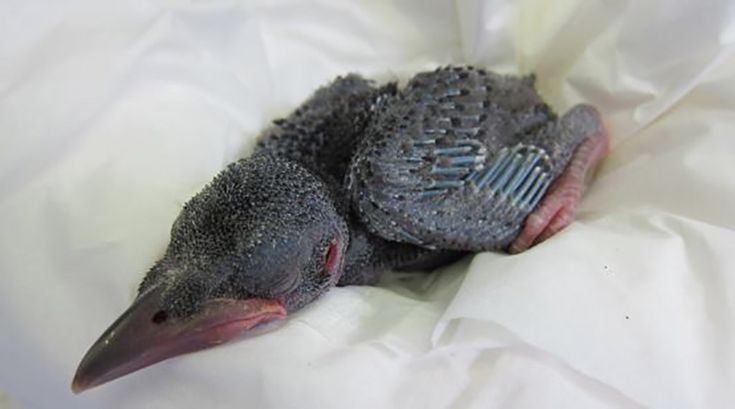Best food to feed baby
Best Foods for Baby (and What to Avoid)
When it comes to feeding baby, there’s no “Top 10” list of superfoods for you to print out, stick on the fridge and follow to a tee. (Sorry!) In fact, experts agree that limiting your little one to only a few “best” foods in their first year (or any year, for that matter) would actually do them a disservice. “The first year of life is when the palate is trained,” says Tina Ruggiero, MS, RD, LD, coauthor of The Best Homemade Baby Food on the Planet. “The three rules I tell my clients to follow are: Go for color, think fresh and introduce new flavors and different textures at age-appropriate stages. Following these guidelines, parents will find more than 10 fruits, more than 10 vegetables and more than 10 proteins to try.” And while you’ll also want to talk with baby’s pediatrician for guidance, adding the following great options to baby’s diet—and avoiding a couple first-year no-no foods—will get your kiddo off to a healthy start.
Breast Milk
If you’ve been breastfeeding baby, know that just because your little one is now ready to start solids doesn’t mean you should stop nursing. After all, the American Academy of Pediatrics (AAP) recommends exclusive breastfeeding for about six months, and then continuing to breastfeed along with giving solids until baby is 12 months old—or longer, if it works for both mom and baby. “The very best food for the first year is breast milk,” says Loraine Stern, MD, FAAP, coauthor of the book Nutrition: What Every Parent Needs to Know. If you’re using formula, continue until baby is 12 months old or until your pediatrician gives the okay to stop.
Best age for breast milk: Birth and older
Iron-Fortified Cereal
Baby is born with a natural supply of iron, but it’ll be depleted by the time they’re around 6 months old, Stern says, so introducing iron-rich foods is essential. One that fits the bill: Iron-fortified cereal. It doesn’t have to be the traditional first food of rice cereal—oatmeal and barley are good options too—just make sure you start with a single-grain formula.
Best age for iron-fortified cereal: 4 to 6 months and older
Avocados
Avocados are a great first fruit to offer baby, because they’re loaded with monounsaturated fats (that’s the good kind!) and have a mild taste and smooth consistency. They’re super-easy to prepare too: Simply mash a very ripe avocado with a little breast milk or formula until it reaches a pureed consistency.
Best age for avocados: 6 months and older
Sweet Potatoes
Okay, so there’s no baby superfood—but sweet potatoes come pretty close. According to Ruggiero, they’re one of the most nutritious foods for baby. Why? They’re rich in beta-carotene, which the body converts to vitamin A—and that’s important for good vision, healthy skin, normal growth and protection from infections. Plus, many babies like the soft, pudding-like texture of pureed sweet potatoes, says Susan Casey, RD, CD, pediatric clinical dietitian at Seattle Children’s Hospital.
Best age for sweet potatoes: 6 months and older
Meat—like chicken, lamb or beef—is an excellent source of protein, as well as iron, riboflavin, niacin, vitamin B6 and zinc. Just make sure it’s pureed to a smooth texture. (According to Nutrition, for infants, “even finely chopped meat may be hard to handle and cause choking.”) Try mixing the pureed meat with breast milk and a favorite veggie puree if you’re preparing it yourself, or buy plain pureed jarred meats.
Just make sure it’s pureed to a smooth texture. (According to Nutrition, for infants, “even finely chopped meat may be hard to handle and cause choking.”) Try mixing the pureed meat with breast milk and a favorite veggie puree if you’re preparing it yourself, or buy plain pureed jarred meats.
Best age for meat: 7 to 10 months and older
“Beets are an extraordinary nutrient source,” says Ruggiero. “They’re a good source of folic acid, high in potassium and beta-carotene, and they’re a sweet veggie—which babies take a liking to quickly.” Roast or steam them until they’re super-soft; then mash them.
Best age for beets: 11 months and older
Yogurt
Plain (not vanilla) whole-milk yogurt is another protein-rich option for baby—plus, it contains calcium and beneficial live active cultures. (Confused as to why yogurt made with cow’s milk is okay for babies, but actual cow’s milk isn’t? “Very simply, lactose is already broken down with the culturing of the yogurt, and milk proteins are either removed or limited, so it’s easy for baby to digest,” says Ruggiero. )
)
Best age for yogurt: 9 months and older
Cheerios
Believe it or not, many experts love good old-fashioned Cheerios. The little O’s in the yellow box are an excellent finger food and a good source of fiber. “I don’t think childhood would exist without Cheerios,” says Stern.
Best age for cheerios: 9 months and older
Check out The Bump’s Finger Foods chart:
Image: The Bump
Foods to Avoid Giving Babies
There’s a plethora of healthy options out there to feed baby–but there are some things you do want to avoid. Make sure anything you offer your little one isn’t a choking hazard, and hold off on the following items:
Honey
Tempted to sweeten up baby’s bland pear sauce with a touch of honey? Don’t. According to Nutrition, “Honey is linked to infant botulism, an illness that can be fatal.” The tummies of babies under age one simply can’t deactivate the botulism spores that might be in honey, Stern says. So avoid this food until baby has passed their first birthday.
So avoid this food until baby has passed their first birthday.
Cow’s Milk
Babies can’t easily digest cow’s milk, which is one reason why experts recommend waiting until the one-year mark before offering it.
Please note: The Bump and the materials and information it contains are not intended to, and do not constitute, medical or other health advice or diagnosis and should not be used as such. You should always consult with a qualified physician or health professional about your specific circumstances.
Plus, more from The Bump:
Dig In! A Guide to Starting Solids
A Fool-Proof Guide to Making Baby Food
The Best Finger Foods for Baby
Baby's first foods: The 10 best foods for babies
These 10 first foods are ideal for your baby because they're full of essential nutrients, reasonably priced, easy to prepare, and delicious. Avocados contain healthy fats, while bananas are loaded with potassium. Blueberries are bursting with antioxidants, whereas broccoli offers fiber and folate. Both lentils and meat are packed with protein. Prunes can help with constipation, and yogurt helps form healthy bones and teeth. Sweet potatoes and winter squash are great sources of beta-carotene and vitamin C.
Both lentils and meat are packed with protein. Prunes can help with constipation, and yogurt helps form healthy bones and teeth. Sweet potatoes and winter squash are great sources of beta-carotene and vitamin C.
According to the American Academy of Pediatrics, it's important to offer your baby a variety of healthy foods. There are lots of healthy, baby-friendly foods out there, but these 10 recommended by doctors and dietitians alike stand out from the pack. From vitamin-rich fruits and veggies to meats and beans loaded with protein, these superfoods are full of essential nutrients, reasonably priced, easy to prepare, and delicious.
Many are also favorite first foods. Before introducing solids, talk to the doctor about your baby's readiness for solids, and which foods to introduce and when. Then introduce foods one at a time, waiting at least three days after each new food to watch for any allergic reaction.
Avocados
BabyCenter parents are all about avocado as a first food. This buttery fruit-vegetable is rich in healthy unsaturated fats that help boost brain development. In fact, the fat composition of avocados is somewhat similar to that of breast milk.
This buttery fruit-vegetable is rich in healthy unsaturated fats that help boost brain development. In fact, the fat composition of avocados is somewhat similar to that of breast milk.
Serving ideas: Mash avocado with a fork, or make baby guacamole.
Bananas
Known as a good source of potassium, this grab-and-go fruit also contains vitamins B6 and C, fiber, and magnesium.
Serving ideas: Make banana and mango puree. Or, for your little one's first smoothie, puree banana and peach chunks with whole-milk yogurt.
Blueberries
Blueberries are bursting with antioxidants. The deep, brilliant blue of these berries comes from flavonoids that benefit your baby's eyes, brain, and even urinary tract.
Serving ideas: Blend or mash blueberries well and swirl a spoonful of the juicy purple puree into yogurt, or top silky coconut milk rice pudding with blueberry compote.
Broccoli
This cruciferous vegetable is a rich source of essential nutrients, including fiber, folate, and calcium.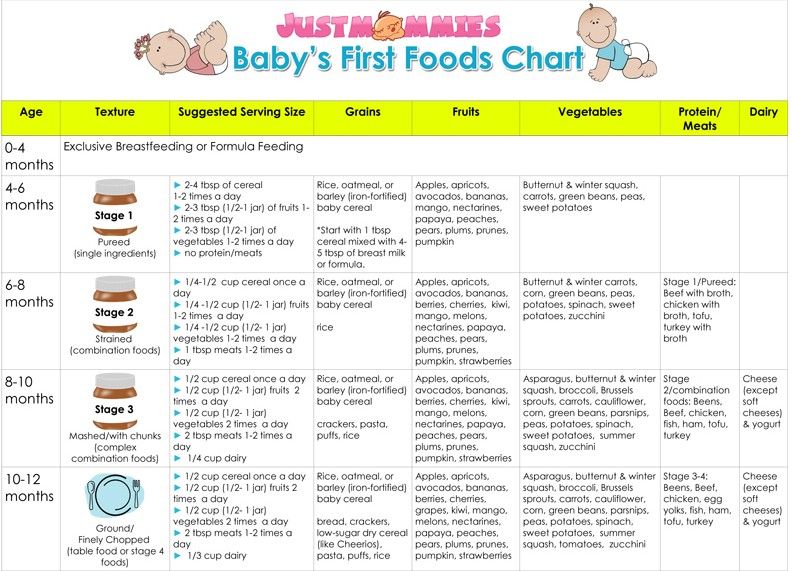 Introduce your baby to broccoli's bold flavor early, and you'll be expanding their tastes and encouraging a lifelong love of green vegetables.
Introduce your baby to broccoli's bold flavor early, and you'll be expanding their tastes and encouraging a lifelong love of green vegetables.
Advertisement | page continues below
Serving idea: Steam until soft, cut into pieces small enough for your child to eat safely, and then chill. Steaming takes the bite out of broccoli, and some babies prefer the texture and taste when it's cold.
Lentils
Beans and other legumes pack lots of lean protein and fiber. But unlike larger beans, little lentils simmer into a pleasing mush just right for baby bites. They're also one of the cheapest healthy foods you can buy.
Serving ideas: Cook finely diced carrots along with the lentils. As your baby gets older, double up on nutrient-rich foods by making lentil and spinach stew.
Meat
Lack of iron can cause anemia. The American Academy of Pediatrics recommends meat as a first food because it's such a great source of protein, zinc, and iron, especially red meat and dark poultry meat. Plus, babies absorb iron more easily from meat than from iron-fortified cereals, another common first food.
Plus, babies absorb iron more easily from meat than from iron-fortified cereals, another common first food.
Serving ideas: If your baby is new to solids, try our easy turkey or chicken puree recipe. As they get older, introduce new flavors with chicken curry with green beans and zucchini or shepherd's pie.
Prunes
Whether you call them "prunes" or "dried plums," these humble fruits don't sound glamorous – but they're soft, sweet, and full of fiber. Your baby may suffer from constipation when switching to solids, as it's a big change for their system. Add pureed prunes to your baby's diet to aid digestion and keep things moving.
Serving ideas: Serve pureed prunes alone or mixed with other foods, such as oatmeal, cereal, or applesauce, for a naturally sweet treat.
Sweet potatoes
Sweet potatoes are one of the more popular first foods for babies, who tend to like both their sweetness and texture. These colorful root vegetables are packed with beta-carotene, vitamin C, and minerals, including iron and copper.
Serving ideas: Serve sweet potato puree alone or swirled into pureed chicken or turkey.
Winter squash
Orange- or yellow-fleshed hard winter squashes such as butternut, acorn, and pumpkin boast many benefits, one of which is they're exceptionally rich in beta-carotene, recognized for being great for eyes. Squash is also an excellent source of vitamin C. Natural sweetness and a creamy texture add to the appeal of winter varieties.
Serving ideas: Roast a winter squash like butternut, scoop out the flesh, and puree it for an easy first food. As your baby gets older, introduce new flavors and textures with dishes like smashed chickpea and butternut chili.
Yogurt
Creamy yogurt is rich in calcium and vitamin D, necessary for healthy bones and teeth. Your baby can have it at 4 to 6 months, long before they'll be ready for cow's milk.
Opt for plain yogurt with no added sugar. Also look for a brand with the most live cultures, which help regulate the good bacteria in your baby's digestive tract. Make sure you pick up whole-milk yogurt – babies need the calories from fat.
Make sure you pick up whole-milk yogurt – babies need the calories from fat.
Serving ideas: Yogurt is fine on its own, or swirl in pureed berries or other fresh fruit, applesauce, or mashed avocado.
Best Baby Food - Healthy Russia
From birth until about six months of age, milk is the only food and drink for every baby. No matter how good a ready-made formula is, breast milk is always better.
Why is this necessary?
A breastfeeding mother is the most important person in a newborn's life. Every mother-child pair is unique. The composition of milk is optimally suited for a particular child at a given time, which allows the mother, in fact, manage the growth and development of the baby. Management occurs through hormones and other bioactive substances contained in milk. The system is tuned very finely and precisely - normally, mother has exactly as much milk as her baby needs , and it is unrealistic to overfeed him.
Breastfeeding
Already know why you should breastfeed? We tell you how to prepare for feeding, how to avoid possible difficulties, how to eat for the nursing mother herself, and how to build nutrition for children up to a year old. nine0006
In addition, breastfeeding is:
- the best food for babies,
- immunological protection against bacterial and viral infections,
- prevention of allergies in a child,
- a way to create a strong and natural psychological connection between mother and child,
- pledge correct formation of dentition and other systems of the baby's body. nine0027
In light of this, the argument “but my breast shape will deteriorate” is somewhat untenable and a little selfish. In addition, the shape of the breasts still changes during pregnancy, and even a very small size will not remain something fervently girlish after childbirth.
Still breast milk is sterile, always at the right temperature and is always ready to drink : even at a party, transport and children's clinic. You won't have to prepare milk formula at night, wash bottles and sterilize nipples instead of sleeping an extra half an hour. nine0006
You will save a small fortune on formulas and devices that are designed to make the wallet easier... that is, artificial feeding. And most importantly, in a few months you will not have to painfully struggle with greed, solving the question “well, where to put all this, already unnecessary, goodness?”
In addition, if you eat not for two, but as it should be for a normal nursing mother, you can quietly and without problems lose weight . The main thing is to monitor the calorie content of your diet. Our food calorie table, which was prepared with the support of the Research Institute of Nutrition of the Russian Academy of Medical Sciences, will help you with this. And the money saved on mother's milk substitutes to buy a lot of new beautiful clothes. nine0006
nine0006
How often?
Our mothers raised us in full accordance with the last word of Soviet pediatrics: feeding strictly by the clock with a six-hour break at night. Now it has been proven that there is a more effective method - feeding on demand .
That is, the baby is breastfed whenever he wants to and sucks as much as he needs. Yes, at night too. Moreover, modern pediatrics is calm about the fact that the baby will sleep in the same bed with the mother , getting a breast without loud crying to convey his desire to his soundly sleeping parents. The issue of the subsequent eviction of a grown child in a personal bed is a topic for a separate discussion.
It has been proven that children on such feeding behave better and calmer, gain weight well, and mothers do not have to wait 40 minutes before feeding according to the schedule to the accompaniment of a hungry roar. In addition, feeding on demand is a sure way to ensure that mother's milk will be , and that his child will have enough. The restriction of feeding gradually leads to a decrease in the amount of milk produced, and there it is not far from substitutes. nine0006
The restriction of feeding gradually leads to a decrease in the amount of milk produced, and there it is not far from substitutes. nine0006
When to finish?
There are different opinions on this matter - from "six months is enough" to "until he stops." The truth is somewhere nearby, and for each family it is different. It should be remembered that children under the age of should not be cow's milk , and if you stop breastfeeding, you will still have to transfer the child to a suitable formula.
The mother decides how long to breastfeed. Pediatricians say that a year and a half is quite a sufficient period to consider the program completed. If you had to stop feeding earlier, the disaster did not happen. Even short-term breastfeeding is better than nothing. nine0006
Illustration: Alexander Tundakov
To leave a comment, you must be an authorized user
What to eat while breastfeeding | Breastfeeding Diet
You know that breast milk is the best food for your baby. What about your own nutrition while breastfeeding? We asked the nutritionist a few questions about the nutrition of a nursing mother.
What about your own nutrition while breastfeeding? We asked the nutritionist a few questions about the nutrition of a nursing mother.
Share this information nine0006
Priya Tew, UK-based registered dietitian :
Priya is a nutritionist, M.D., multi-award winning member of the British Dietetic Association and the Health Professions Council. She has three children, and she breastfed each of them for up to 18 months.
There is no need to follow a special diet while breastfeeding, as long as your diet is balanced. It should include plenty of fruits and vegetables, whole grains such as oats, brown rice, various cereals, and breads labeled "whole grain", "wholemeal" or "wholemeal". These foods, along with potatoes, pasta, and couscous, are high in starch, an important source of energy. nine0006
In addition, you need lean proteins found in chicken, eggs, legumes, lentils, fish, and lean beef, as well as healthy fats found in olive oil, nuts, seeds, avocados, and fatty fish such as salmon and mackerel. Oily fish is very good for your health and development of your baby, but you should not eat more than two servings per week (about 140 g), as it may contain harmful impurities. 1
Oily fish is very good for your health and development of your baby, but you should not eat more than two servings per week (about 140 g), as it may contain harmful impurities. 1
Should I take vitamins while breastfeeding? nine0010
The most important is vitamin D. It is essential for healthy bones, yours and your baby's. We get most of this vitamin from the sun. If you live in a region with insufficient solar activity, especially in winter, your body may lack it. In this case, the doctor may advise taking vitamin D supplements. 2
It is also necessary to get enough calcium, as it is excreted from the body during breastfeeding. 3 Try to eat four servings of foods rich in this mineral a day. These can be dairy products such as milk, yogurt, and cheese, or non-dairy products such as nuts, tofu, sesame seeds, and leafy vegetables. One serving may consist of, for example, half a cup of green vegetables or a small piece of cheese (50 g). nine0006
nine0006
What foods should I avoid while breastfeeding?
The good news is that you can eat almost anything while breastfeeding. Only the consumption of oily fish should be limited. In small quantities, even caffeine is acceptable - more on this below.
If you are not allergic to peanuts, there is no reason to deny yourself products that contain peanuts. Recent studies show that if you eat peanuts while breastfeeding and gradually introduce them into your baby's diet during the first year, your baby will be less likely to become allergic to them in the future. nine0099 4
Are extra calories needed while breastfeeding?
Breastfeeding mothers need about 500 more calories per day. 5 But every mother is unique and your energy needs will change throughout your breastfeeding period. The number of calories you need depends on your baby's age, appetite, height, and weight, as well as your body mass index (BMI), your activity, and factors such as whether you are exclusively breastfeeding or not, and whether you are breastfeeding twins or multiple babies. nine0006
nine0006
Can I go on a diet while breastfeeding?
Trying to lose weight while breastfeeding is not a good idea because you need to get enough nutrients for you and your baby. The fat accumulated during pregnancy is used to produce milk, so breastfeeding in itself will help you shed those extra pounds.
If your weight changes by more than 1 kg per week, check if you are eating a healthy and balanced diet and adjust if necessary. You can also ask your doctor for advice. nine0006
How can I find time to prepare healthy meals?
Having devoted yourself to feeding your child, you can forget about your own nutrition. However, it is important to ensure that your diet does not consist only of sweets and cookies. Of course, sweet snacks are easy and quick, but they do not bring any benefit to your body.
Opt for quick yet nutritious meals like scrambled eggs with spinach or fried chicken with brown rice. Oatmeal is great for breakfast, as it provides a slow release of energy from grains and soluble dietary fiber, which is what you need to restore strength in the morning after a night of breastfeeding. nine0006
nine0006
Store pre-cut fruits and vegetables in the refrigerator for light snacks, or carry unsalted nuts in your bag. It's much easier than peeling tangerines with one hand while holding a baby with the other.
Should I drink more water while breastfeeding?
Breastfeeding can make you thirsty, so it's important to drink enough water. A person needs six to eight glasses of fluid a day, and even more if breastfeeding. 6 Make it a habit to drink a glass of water, milk or fruit juice without sugar every time you feed your baby. nine0006
I love coffee. Do I need to quit caffeine?
Coffee, like everything you eat or drink, passes into your breast milk, so it is advisable to limit your intake while breastfeeding. Legal coffee limits vary by country, but the average recommendation is not to exceed 200-300 mg of caffeine per day (300 mg is equivalent to two cups of filtered coffee or four cups of tea). Talk to your doctor about the acceptable amount of coffee consumption for you. Also, don't forget that caffeine is found in cola and energy drinks, and a small bar of dark chocolate can contain up to 50 mg. nine0099 7
Also, don't forget that caffeine is found in cola and energy drinks, and a small bar of dark chocolate can contain up to 50 mg. nine0099 7
If I eat a varied diet, will my baby be less picky about food?
Breast milk has the flavor of everything you eat. 8 Therefore, if you eat a variety of foods during breastfeeding, giving your baby different tastes, he may like them in the future.
If you like spicy and spicy foods, there is no reason to refuse them while breastfeeding. When my first child was born, I ate a lot of spicy food. When my daughter was two years old, we went to Sri Lanka, coincidence or not, but she ate absolutely everything. nine0006
Can something in my diet not be suitable for a child?
At an early age, babies often suffer from colic or are picky eaters, so mothers naturally wonder if their diet is causing this. Most likely no. Studies show that the proportion of children who are allergic to any component of breast milk is only slightly more than 1%. 9 Cow's milk, eggs, corn, and soy proteins in moms' diets are much more likely to cause allergic reactions than spicy foods, hot sauces, or cruciferous vegetables, which moms usually worry about. nine0006
9 Cow's milk, eggs, corn, and soy proteins in moms' diets are much more likely to cause allergic reactions than spicy foods, hot sauces, or cruciferous vegetables, which moms usually worry about. nine0006
If your baby is allergic to substances in your milk, it can cause profuse vomiting, rash, bloody stools, or prolonged constipation. If your baby has an intolerance to any food, you will notice symptoms such as moodiness and crying after feeding, burping, diarrhea, or the baby will press his knees to his chest. Contact your doctor if something is bothering you. He may suggest eliminating certain foods for a couple of weeks, and then see if the child's behavior changes after eating them again. nine0006
You can also keep a food diary: write down everything you eat and drink, as well as your child's symptoms, and you may notice some patterns. However, before cutting out any foods, such as dairy, always check with your doctor, as it's important to know that you're getting the nutrients you need from other sources. Depending on where you live, you will be referred to a nutritionist or other specialist.
Depending on where you live, you will be referred to a nutritionist or other specialist.
Does a vegetarian diet affect breast milk? nine0010
If you are getting enough calories and all the nutrients your body needs (carbohydrates, proteins, fats, vitamins and minerals), then you have nothing to worry about. A vegetarian or vegan diet requires plenty of vitamin B12, vitamin D, calcium, and omega-3 fatty acids while breastfeeding, so opt for foods and supplements that provide you with these essential nutrients.
If you are on a vegetarian, vegan, macrobiotic, or other special diet, you may need additional medical advice to make sure you are getting all the nutrients your baby needs. nine0006
Literature
1 National Health Service (NHS) [Internet]. Burnley, UK: Department of Health; 2018. Should pregnant and breastfeeding women avoid some types of fish?; 2015 Jul 06 [cited 2018 Apr 12]; Available from: https://www.nhs.uk/chq/Pages/should-pregnant-and-breastfeeding-women-avoid-some-types-of-fish. aspx - National Health Service (NHS) [Internet]. Burnley, UK: Department of Health; 2018. "Should a pregnant and lactating woman refrain from eating certain types of fish?"; July 6, 2015 [cited April 12, 2018]; See article on site https://www.nhs.uk/chq/Pages/should-pregnant-and-breastfeeding-women-avoid-some-types-of-fish.aspx
aspx - National Health Service (NHS) [Internet]. Burnley, UK: Department of Health; 2018. "Should a pregnant and lactating woman refrain from eating certain types of fish?"; July 6, 2015 [cited April 12, 2018]; See article on site https://www.nhs.uk/chq/Pages/should-pregnant-and-breastfeeding-women-avoid-some-types-of-fish.aspx
2 Oberhelman SS et al. Maternal vitamin D supplementation to improve the vitamin D status of breast-fed infants: a randomized controlled trial. Mayo Clin Proc. 2013;88(12):1378–1387. - Oberhelman S.S. et al., Introduction of Vitamin D to the Diet of Nursing Mothers to Increase Vitamin D in children: a randomized controlled trial. Mayo Clean Prok. 2013;88(12):1378–1387. : effects on the mother and the fetus. Am J Obstet Gynecol. 2006;194(4):937-945. - Thomas M., Weisman S. M., "Calcium intake during pregnancy and lactation: effects on the mother and on the fetus". Am J Obstet Ginekol (American Journal of Obstetrics and Gynecology). 2006;194(4):937-945.
Am J Obstet Ginekol (American Journal of Obstetrics and Gynecology). 2006;194(4):937-945.
4 Pitt and al . Reduced risk of peanut sensitization following exposure through breast-feeding and early peanut introduction. J Allergy Clinic Immunol. 2018;141(2):620-625. e 1 - Pitt et al., "Reducing the Risk of Peanut Allergy by Introducing Peanuts into the Breastfeeding Mother's Diet and as a Baby's First Food." nine0180 J Allergy Clean Immunol. 2018;141(2):620-625.e1
5 Dewey KG. Energy and protein requirements during lactation. Annu Rev Nutr. 1997 Jul;17(1):19-36. - Dewey K. J., "Energy and Protein Requirements During Lactation". Anna Rev Nutr . 1997 Jul;17(1):19-36.
6 Food Standards Agency (FSA) [Internet]. London, UK: Crown copyright 2002. Eating for breastfeeding; [cited 2018 Apr 13]; Available from: https://www.food.gov.uk - Food Standards Agency (FSA) [Internet]. London, UK: State Copyright 2002. "Eat to feed" [cited April 13, 2018]. See article on https://www.food.gov.uk
Eating for breastfeeding; [cited 2018 Apr 13]; Available from: https://www.food.gov.uk - Food Standards Agency (FSA) [Internet]. London, UK: State Copyright 2002. "Eat to feed" [cited April 13, 2018]. See article on https://www.food.gov.uk
7 National Health Service (NHS) [Internet]. Burnley, UK: Department of Health; 2018. Breastfeeding and diet; 2016 Jan 29 [cited 2018 Apr 12]; Available from: https://www.nhs.uk/conditions/pregnancy-and-baby/breastfeeding-diet - National Health Service (NHS) [Internet]. nine0180 Burnley, UK: Department of Health 2018. Breastfeeding and Diet; 29 January 2016 [cited 12 April 2018] See article at https://www.nhs.uk/conditions/pregnancy -and-baby/breastfeeding-diet
8 Mennella JA et al. Prenatal and postnatal flavor learning by human infants. Pediatrics. A. et al., Prenatal and postnatal recognition of odors in children. Pediatrix (Pediatrics). 2001;107(6):e88.


